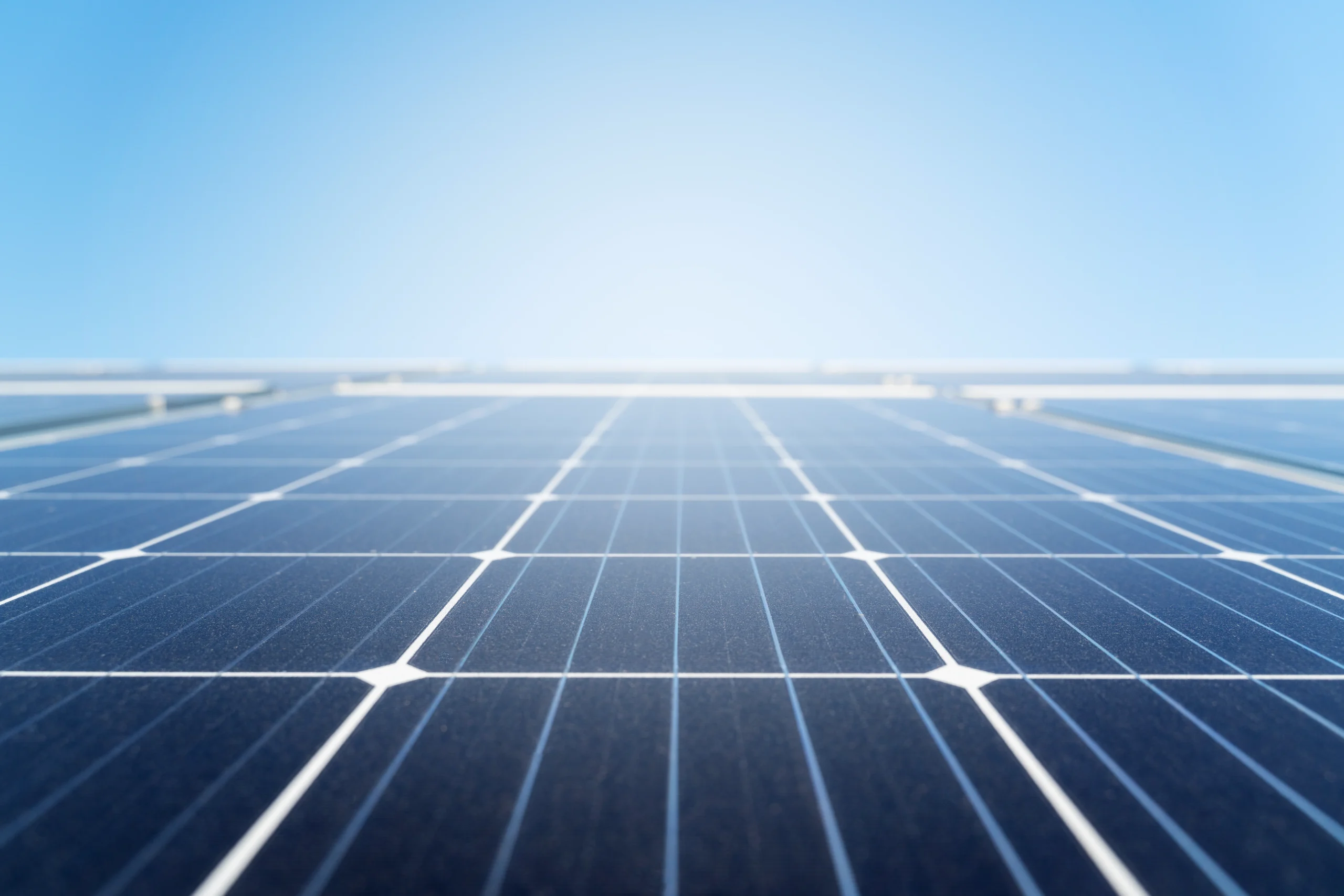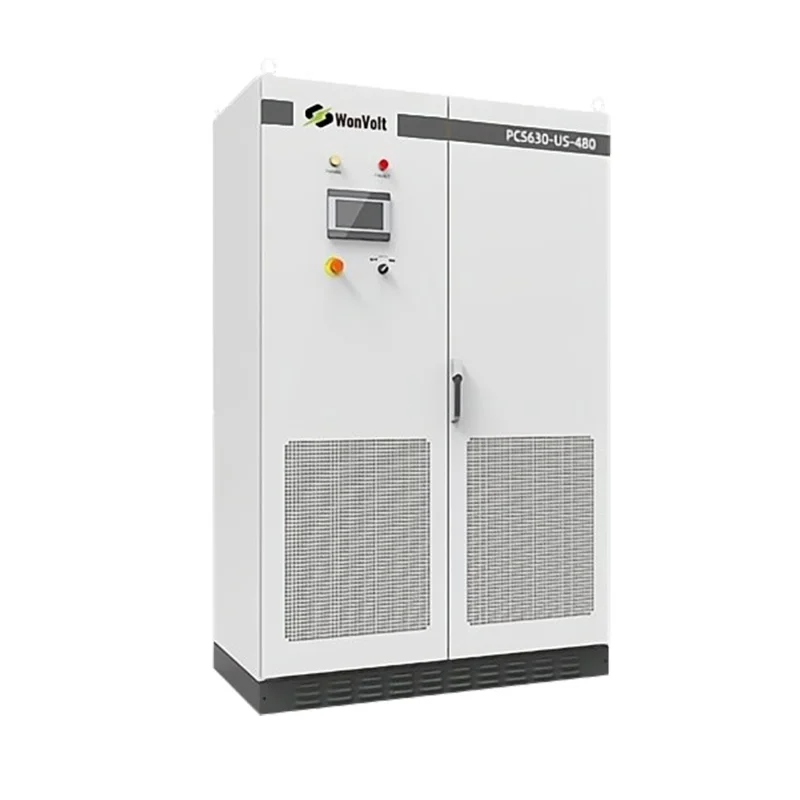Solar energy shines brightly as the crown jewel of sustainable breakthroughs, offering a crystal-clear and forever-replenishing answer to our planet’s soaring energy hunger. From photovoltaic (PV) systems that transform sunshine into electric juice to concentrated solar power (CSP) plants that tuck away thermal energy for later, solar know-how keeps evolving with jaw-dropping leaps forward. This piece dives into how solar panels cook up electricity, why storing energy for nighttime matters so much, and fresh innovations like two-faced panels and heat-to-power generators. We’ll also peek at how mixed-tech systems and brainy tracking tools, such as those crafted by WonVolt, boost performance and dependability. Whether you’re running a home, steering a business, or just crazy about green energy, getting a handle on these gadgets can help you squeeze every drop of potential from solar power for a greener tomorrow.
How Do Solar Panels Function?
How Do Solar Panels Generate Electricity During the Day?
Solar panels dance with sunlight through a nifty trick called the photovoltaic effect. When sunshine kisses the solar panel’s face, it mingles with photovoltaic cells nestled inside. These cells contain semiconductor stuff like silicon. The sunlight’s punch stirs up electrons in the material, making them skitter about and whip up direct current (DC) electricity. A clever box called an inverter then morphs this DC into alternating current (AC), which breathes life into your workplace.
What Role Do Photovoltaic Cells Play in Energy Conversion?
Photovoltaic cells beat as the very soul of solar panels. Each tiny cell boasts layers of silicon. One layer carries a positive vibe while another bears a negative charge, creating an electric battlefield between them. When sunshine smacks these cells, little packets of light called photons knock electrons loose from silicon atoms. This sets them wandering freely. The system then harnesses this electron journey as electric juice, ready to power up your gadgets.
Can Solar Panels Work Without Sunlight?
Solar panels crave sunlight to make electricity; thus, they snooze peacefully at night, producing zilch. Yet, even on gloomy days when clouds rule the sky, they still squeeze out a modest trickle of energy thanks to scattered sunbeams. This natural hiccup highlights why blending energy storage gizmos or backup power sources proves so darn vital for round-the-clock juice access.
How Is Energy Stored for Nighttime Use?
Why Are Battery Storage Systems Essential?
Battery storage systems stand tall as crucial guardians of steady power flow when solar panels drift off to dreamland. They hoard extra energy born during sunny hours for use after dark or when sunlight plays hide-and-seek.
What Makes Lithium-Ion Batteries Ideal for Solar Storage?
Lithium-ion batteries have muscled their way to the top spot for solar energy safekeeping thanks to their mighty energy punch, marathon lifespan, and stellar efficiency. They gulp down power quickly and hold onto stored juice like a stubborn mule, outlasting other battery flavors by miles.
What Features Define WonVolt’s Advanced Battery Solutions?
WonVolt dishes up bleeding-edge battery solutions tailor-made for solar applications. Their systems flaunt beefed-up safety tricks, top-drawer energy performance, and room to grow with your appetite for power. Dive into how WonVolt’s advanced battery solutions can turbocharge your solar setup with rock-solid storage options built for today’s demands.
How Does Stored Energy Power Homes at Night?
Throughout the sun-drenched daylight hours, bonus electricity cranked out by solar panels flows straight into battery storage hideouts rather than going down the drain. Come nightfall, when your solar panels clock out for the day, this treasured electricity escapes from battery cells, delivering smooth, uninterrupted power to your workplace.
Are There Alternative Technologies That Improve Nighttime Efficiency?
What Are Solar Panel Hybrid Systems?
Hybrid systems tie the knot between solar panels and friendly renewable energy pals like wind spinners or water power generators. This tag-team effort guarantees non-stop energy creation no matter what Mother Nature throws at you or what time the clock shows.
How Does Integration With Wind or Hydropower Improve Efficiency?
By welcoming wind spinners or mini water power units into your solar panel family, you craft a mixed bag of renewable goodies capable of juicing up under all sorts of weather moods. Gusty nights or babbling brooks step in to pick up the slack when sunshine takes a powder.
How Can WonVolt Help With Hybrid Solutions?
WonVolt dishes out full-spectrum hybrid solutions that weave multiple green technologies into one harmonious orchestra. Their know-how guarantees peak performance and unbroken power delivery come rain or shine. Peek behind the curtain at WonVolt’s hybrid solutions crafted for both muscle and reliability.
What Are Thermoelectric Generators and Their Applications?
Thermoelectric generators (TEGs) turn heat into electricity by tapping the temperature gap across special materials. While still cutting baby teeth in home setups, TEGs show promise for juicing up nighttime power banks by sipping leftover warmth from various hot spots like factory work or Earth’s own toasty belly.
Innovations in Solar Panel Design and Materials
How Are Researchers Exploring Materials for Capturing Infrared Radiation at Night?
The hunt to beef up solar panel muscle has led bright minds to poke around with materials that can grab hold of infrared rays, a flavor of light our peepers can’t detect. Unlike old-school photovoltaic cells that mostly feast on visible sunbeams, these fancy materials aim to milk the heat our planet belches out after dark. This clever twist might someday let solar panels cook up electricity even when direct sunshine plays hard to get.
Materials like thermoradiative semiconductors sit under the microscope for their knack of turning heat energy into electric juice. These semiconductors follow similar rules as photovoltaic cells but flip the script, spitting out photons rather than gulping them down. The freed photons carve out an energy canyon that folks can trap and reshape into electricity. While this brainy approach still crawls in diapers, it holds massive promise for dramatically boosting solar systems’ tricks.
What Is the Role of Bifacial Solar Panels in Improving Efficiency?
Bifacial solar panels strut as a giant leap forward in sun-catching wizardry. Unlike traditional panels that only sip light from their top side, bifacial panels cleverly slurp up rays from both their belly and back. This two-faced talent lets them harness reflected light bouncing off nearby surfaces, such as rooftops or ground blankets.
Lab coats have shown that bifacial panels can pump out up to 30% more juice compared to their one-sided cousins. By rocking advanced materials like see-through backing and anti-glare coatings, these panels ensure maximum light drinking and minimal energy leakage.
Recommendations for Maximizing Solar Energy Utilization with WonVolt Products
How Can High-Efficiency Panels Be Combined With Smart Inverters?
To unlock your solar panel system’s hidden superpowers, wedding high-efficiency panels with brainy inverters proves absolutely critical. Smart inverters play maestro in fine-tuning energy conversion by thoughtfully conducting electricity flow between your solar farm, storage vault, and power grid.
WonVolt’s high-efficiency panels come built for knockout performance under all kinds of sky tantrums. When partnered with smart inverters, these panels ensure buttery-smooth energy management, slashing waste and pumping up overall system trustworthiness.
Why Should You Leverage Monitoring Systems for Optimal Performance?
Monitoring systems serve as eagle-eyed watchdogs for keeping your solar setup running like a dream for years to come. These systems dish up real-time dirt on energy production, usage patterns, and potential hiccups within your solar farm. By chewing on this intel, you can spot trouble brewing or inefficiencies lurking early on and take swift action to fix things.
WonVolt rolls out cutting-edge monitoring solutions crafted to serve up actionable peeks into your solar system’s performance. These tools let you track goodies like peak energy output, battery juice levels, and overall system health through a friendly dashboard anyone can navigate. Embracing such fancy monitoring ensures your investment keeps paying dividends while spending minimal time in the repair shop.
FAQ
Q1: Can solar panels generate electricity during cloudy weather?
A: Yes, solar panels can produce electricity under diffuse light conditions during cloudy days, although their efficiency may be reduced compared to sunny conditions.
Q2: What is the lifespan of bifacial solar panels?
A: Bifacial solar panels typically have a lifespan similar to conventional panels, ranging from 25 to 30 years with proper maintenance.
Q3: Are thermoradiative semiconductors commercially available?
A: Thermoradiative semiconductors are still under research and development; they are not yet widely available for commercial use but hold significant future potential.



